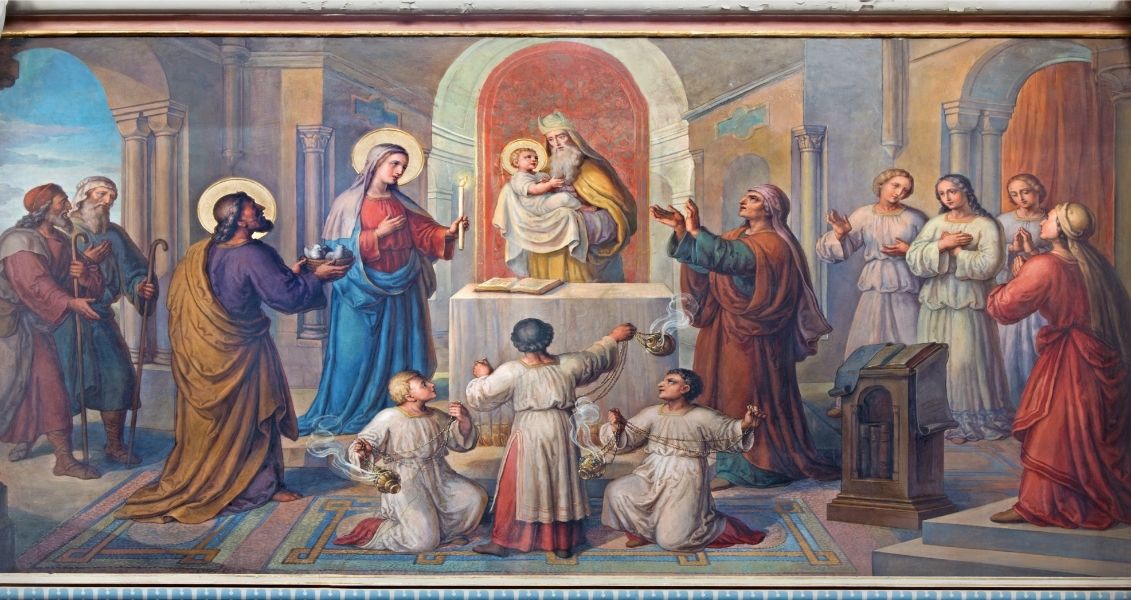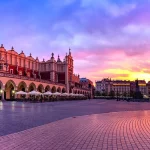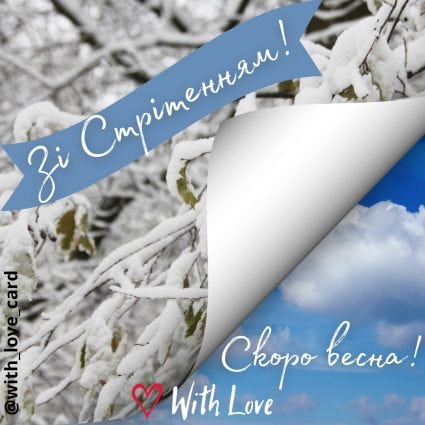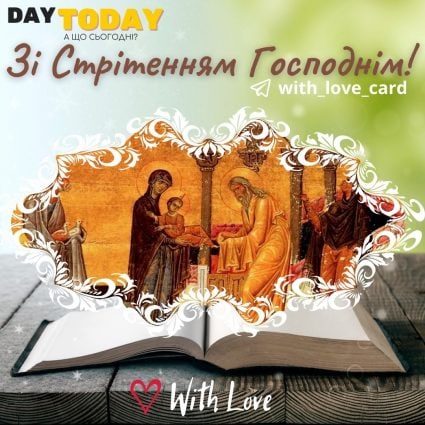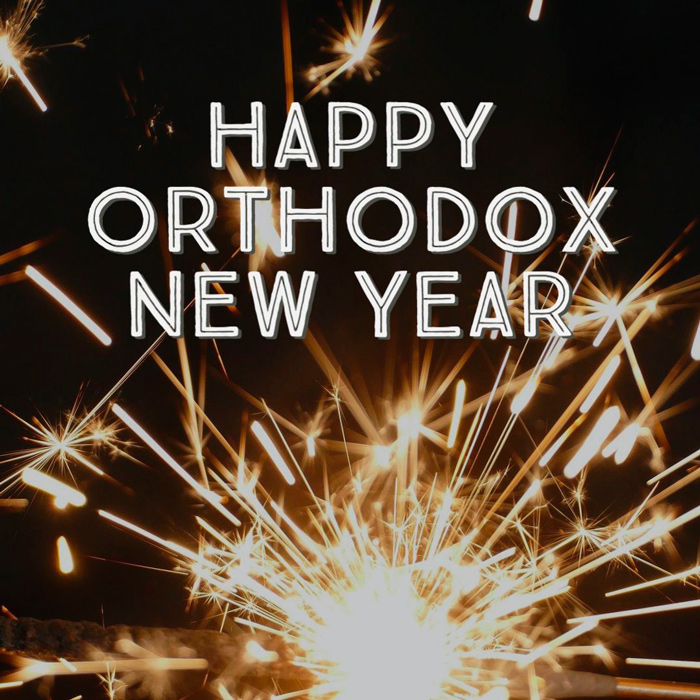The meeting of the Lord
What kind of holiday is this?
On February 15, some Eastern Christian churches celebrate the day Meeting of the Lord. The holiday is an amazing combination of ancient pagan beliefs and biblical legends. People say that on this day winter meets spring, and Christians believe that it is the day of meeting people with God and combining the Old Testament with the New. In Orthodoxy, the Lord’s Supper is one of the 12 most important church holidays.
How the idea of the celebration came about Meeting God’s?
The meeting of the Lord celebrated by Christendom since the 4th century AD. The first celebration took place in Jerusalem and was called the 40th day after the Epiphany. Pilgrims who witnessed the celebration claim that both the procession and the liturgy itself were held with great solemnity.
The holiday quickly spread to the eastern lands of the Roman Empire. And in the 6th century AD, during the reign of the Roman emperor Justinian, it became one of the main Christian holidays. The emperor ordered to celebrate this day throughout the state. That is why special prayers for the emperor were performed at the divine service.
In Western European countries, the Ascension was also initially considered a feast of the Lord, and later it was transferred to the rank of the Mother of God and began to be called the Purification of the Virgin Mary.
Biblical legend
The word itself “Meeting” from the Old Slavic language is translated as “joy” and “meeting”. This is not surprising, since the holiday is dedicated to the meeting of the newborn child of God Jesus with the elder Simeon. It happened in the Jewish temple during the initiation of the baby. The righteous old man, and later Anna the prophetess, recognized the Messiah sent by God in the newborn child.
In Judea, there was a custom when newborn children were brought to the temple for dedication: boys on the 40th day, and girls on the 80th day after birth. In the same way, the parents brought Jesus Christ to the consecration.
It was there that he was met by the righteous Simeon, to whom God promised to show the Savior before his death. The old man praised the newborn child as the Son of God. These words were confirmed by the prophetess Anna, saying that her eyes saw the Messiah.
The pre-Christian aspect of the holiday
Since ancient times, people believed that February 15 is the meeting (meeting) of winter and summer. This is a popular pagan holiday, during which people sing songs about spring and fortune-telling.
An important tradition on this day is to consecrate the fire. This action was preserved even after the transition to Christianity, but now they began to consecrate the so-called thunder candles.
These are special sacred candles that can save homes from bad weather: blizzards, hurricanes, downpours, hail. Also, such a candle is able to protect the residents of the house from handing over and various diseases. In pagan beliefs, it was customary to sanctify water. It was collected from melted icicles and mixed with ordinary water. Such water was considered healing and therapeutic.
How to celebrate the Ascension of the Lord?
On the feast of the meeting of the Lord solemn services are held in Orthodox churches. Believers consecrate church candles, which, like pagan beliefs, can protect the home. Water is also consecrated in the church. After the celebration, spring work began in the village, and boys and girls took part in big festivities.
Features of worship
The Feast of the Lord is related both to the Lord’s Day and to the feasts of the Mother of God. Therefore, liturgies held in churches have elements of divine services inherent in both types of celebration. Pictorial antiphons are used during liturgies. The main icon of the holiday is the Mother of God and Christ the Savior, which have the same meaning. The righteous Simeon holds the baby Jesus in his arms – symbolizes the Old Testament, and the Virgin Mary, who took her cross – to give her Son for the liberation of mankind – symbolizes the New Testament.
What can’t be done on Christmas Day?
- On this day, as on other church holidays, heavy physical work is prohibited.
- Swearing, quarrels, and slander, which can lead to undesirable consequences, are undesirable.
- You can’t travel, go on a long journey, clean the house, or put money on the kitchen table on the Feast of the Lord.
Folk signs
Our ancestors associated various omens with Strinem.
- It was believed that if the icicles on the roofs melt on February 15, then the winter will rage for a long time.
- Clear and sunny days indicated the onset of severe frosts.
- Heavy snowfalls heralded wet spring weather, and a bright red sunset heralded mild, frost-free weather.
- A quiet clear day – to a good harvest summer.
- If you leave money on the table on the day of Epiphany, you can get rid of bad luck.
- If dew collected on a plate with grain that was left in the yard, you should expect good harvests. The absence of dew did not bode well.
- Many superstitions are associated with the holiday. The holiday was considered fun and joyful, so you could not be sad or quarrel on this day.
- Any actions with water were strictly prohibited. It was not possible to visit the bathhouse and wash clothes.
Postcards for the holiday The meeting of the Lord
? Section Postcards and greetings ➕ Postcards in Viber ➕ Postcards in Telegram
When will we celebrate The meeting of the Lord?
| Year | Date | Weekday |
|---|---|---|
| 2021 | February 15 | Monday |
| 2022 | February 15 | Tuesday |
| 2023 | February 15 | Wednesday |
| 2024 | February 15 | Thursday |
| 2025 | February 15 | Saturday |
